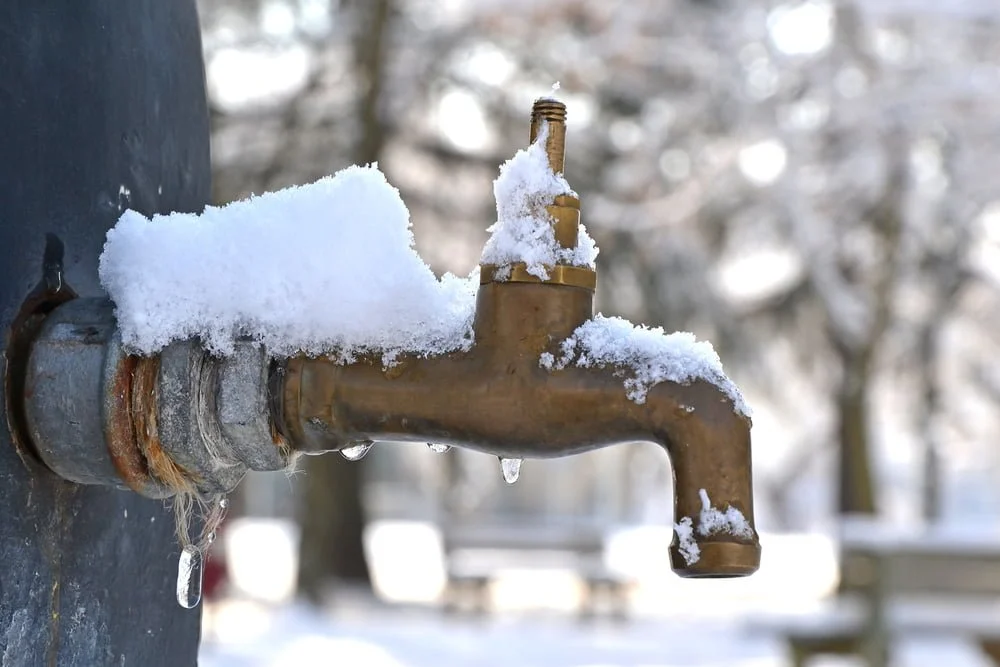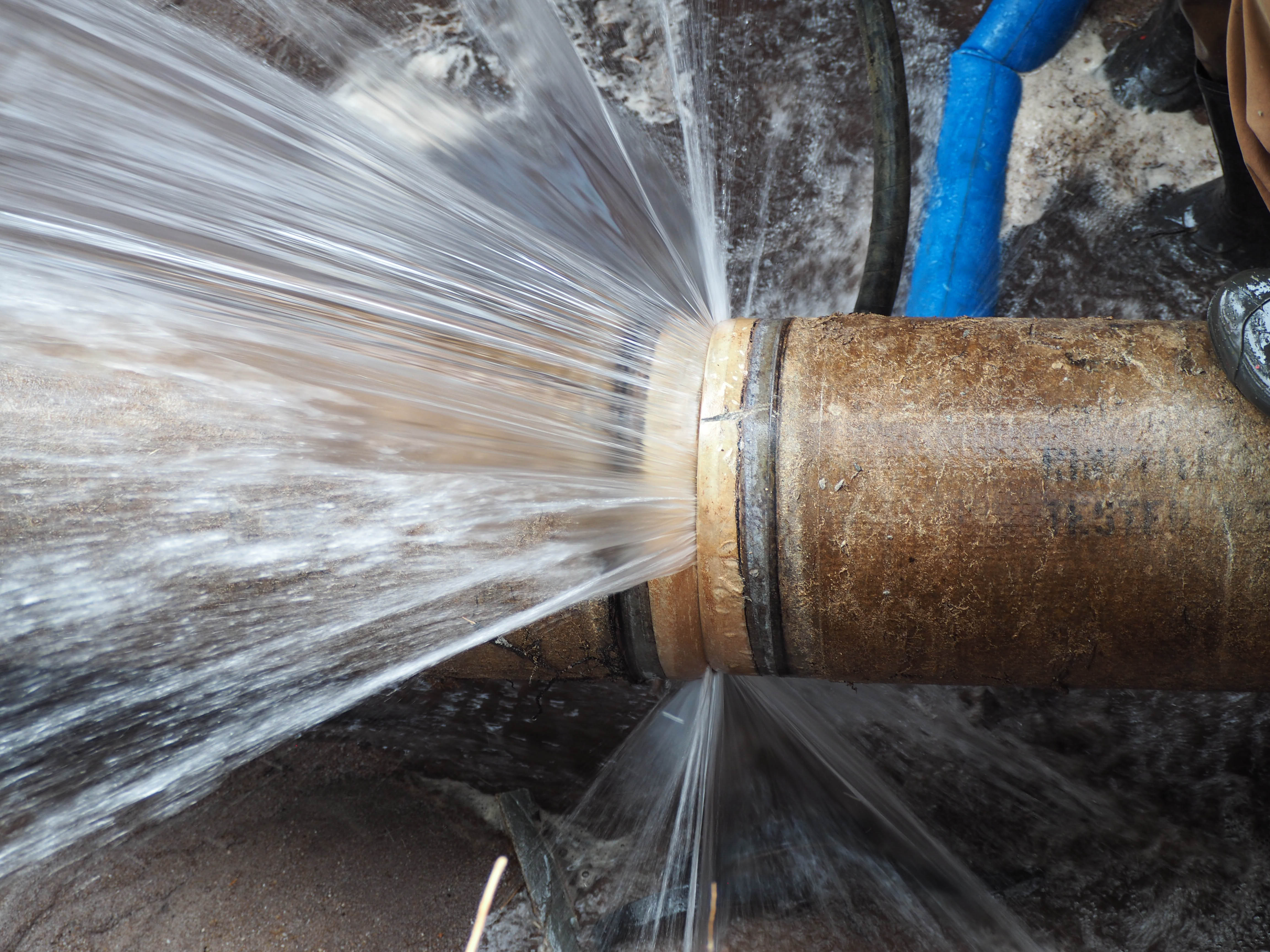Important Advice for Preventing Frozen Pipes in Cold Weather Conditions
Important Advice for Preventing Frozen Pipes in Cold Weather Conditions
Blog Article
They are making a few good pointers about Preventing and dealing with frozen pipes as a whole in this great article underneath.

Cold weather can ruin your plumbing, specifically by freezing pipes. Here's exactly how to stop it from happening and what to do if it does.
Introduction
As temperature levels decline, the risk of icy pipelines rises, potentially bring about costly fixings and water damages. Recognizing exactly how to prevent icy pipelines is vital for property owners in cool climates.
Prevention Tips
Protecting vulnerable pipes
Wrap pipes in insulation sleeves or make use of warm tape to secure them from freezing temperature levels. Focus on pipelines in unheated or external areas of the home.
Heating techniques
Maintain indoor rooms sufficiently heated, specifically areas with plumbing. Open cabinet doors to allow cozy air to flow around pipelines under sinks.
Just how to recognize frozen pipelines
Seek lowered water circulation from taps, unusual smells or noises from pipelines, and noticeable frost on revealed pipelines.
Long-Term Solutions
Structural modifications
Consider rerouting pipelines away from outside wall surfaces or unheated locations. Add added insulation to attic rooms, basements, and crawl spaces.
Updating insulation
Buy top quality insulation for pipelines, attic rooms, and walls. Correct insulation aids preserve regular temperature levels and decreases the risk of frozen pipes.
Safeguarding Outdoor Plumbing
Yard hose pipes and exterior taps
Disconnect and drain pipes garden tubes prior to wintertime. Mount frost-proof spigots or cover exterior faucets with protected caps.
Recognizing Frozen Pipelines
What creates pipelines to ice up?
Pipelines ice up when exposed to temperature levels below 32 ° F (0 ° C) for extended durations. As water inside the pipes ices up, it expands, putting pressure on the pipeline walls and potentially creating them to burst.
Risks and damages
Frozen pipelines can lead to water disruptions, building damages, and pricey repairs. Ruptured pipes can flooding homes and create substantial structural damages.
Indicators of Frozen Water Lines
Determining frozen pipes early can stop them from breaking.
What to Do If Your Pipelines Freeze
Immediate actions to take
If you suspect icy pipes, keep taps open up to ease stress as the ice thaws. Use a hairdryer or towels soaked in warm water to thaw pipelines gradually.
Verdict
Stopping frozen pipes requires positive procedures and quick feedbacks. By understanding the reasons, indications, and safety nets, property owners can shield their plumbing during winter.
5 Ways to Prevent Frozen Pipes
Drain Outdoor Faucets and Disconnect Hoses
First, close the shut-off valve that controls the flow of water in the pipe to your outdoor faucet. Then, head outside to disconnect and drain your hose and open the outdoor faucet to allow the water to completely drain out of the line. Turn off the faucet when done. Finally, head back to the shut-off valve and drain the remaining water inside the pipe into a bucket or container. Additionally, if you have a home irrigation system, you should consider hiring an expert to clear the system of water each year.
Insulate Pipes
One of the best and most cost-effective methods for preventing frozen water pipes is to wrap your pipes with insulation. This is especially important for areas in your home that aren’t exposed to heat, such as an attic. We suggest using foam sleeves, which can typically be found at your local hardware store.
Keep Heat Running at 65
Your pipes are located inside your walls, and the temperature there is much colder than the rest of the house. To prevent your pipes from freezing, The Insurance Information Institute suggests that you keep your home heated to at least 65 degrees, even when traveling. You may want to invest in smart devices that can keep an eye on the temperature in your home while you’re away.
Leave Water Dripping
Moving water — even a small trickle — can prevent ice from forming inside your pipes. When freezing temps are imminent, start a drip of water from all faucets that serve exposed pipes. Leaving a few faucets running will also help relieve pressure inside the pipes and help prevent a rupture if the water inside freezes.
Open Cupboard Doors
Warm your kitchen and bathroom pipes by opening cupboards and vanities. You should also leave your interior doors ajar to help warm air circulate evenly throughout your home.

I have been very involved in Helpful Tips to Prevent Frozen Pipes this Winter and I'm hoping you enjoyed my piece. Are you aware of anybody else who is interested by How to Prevent Your Pipes From Freezing? Please feel free to share it. Thank you for being here. Come back soon.
Call Today Report this page